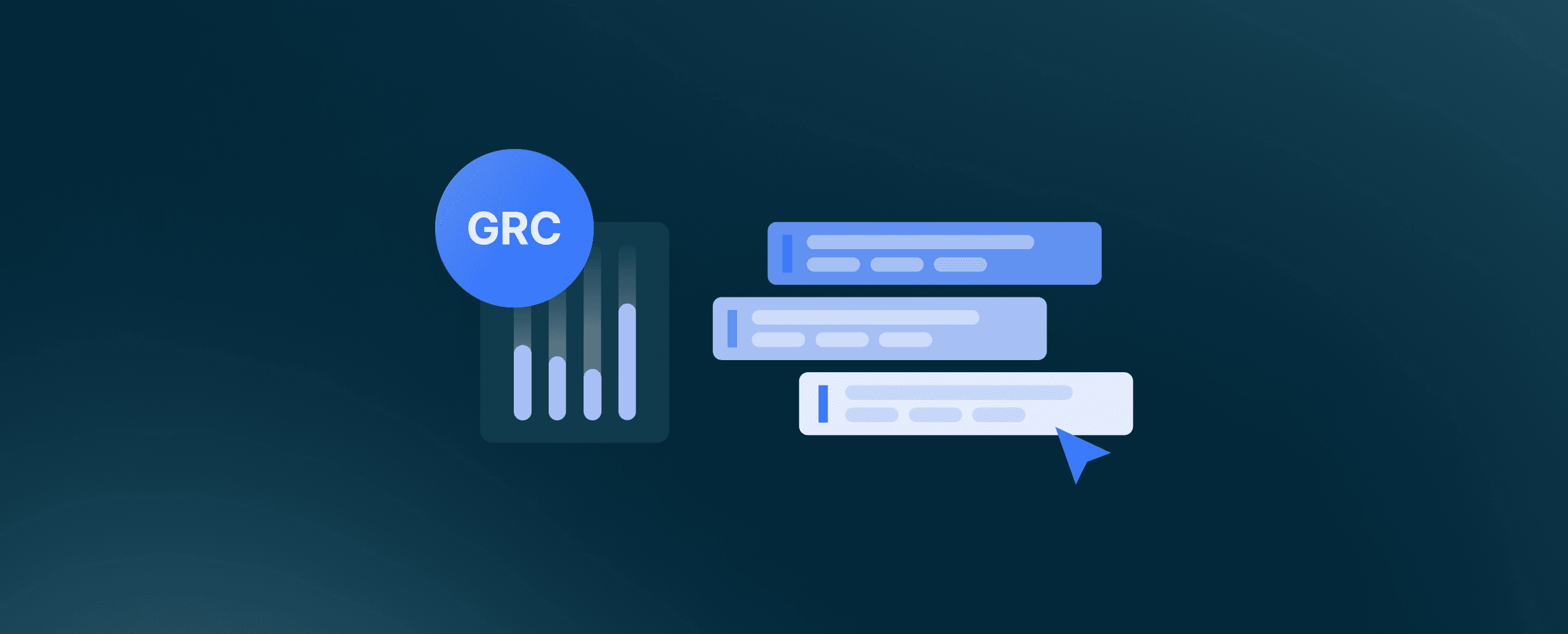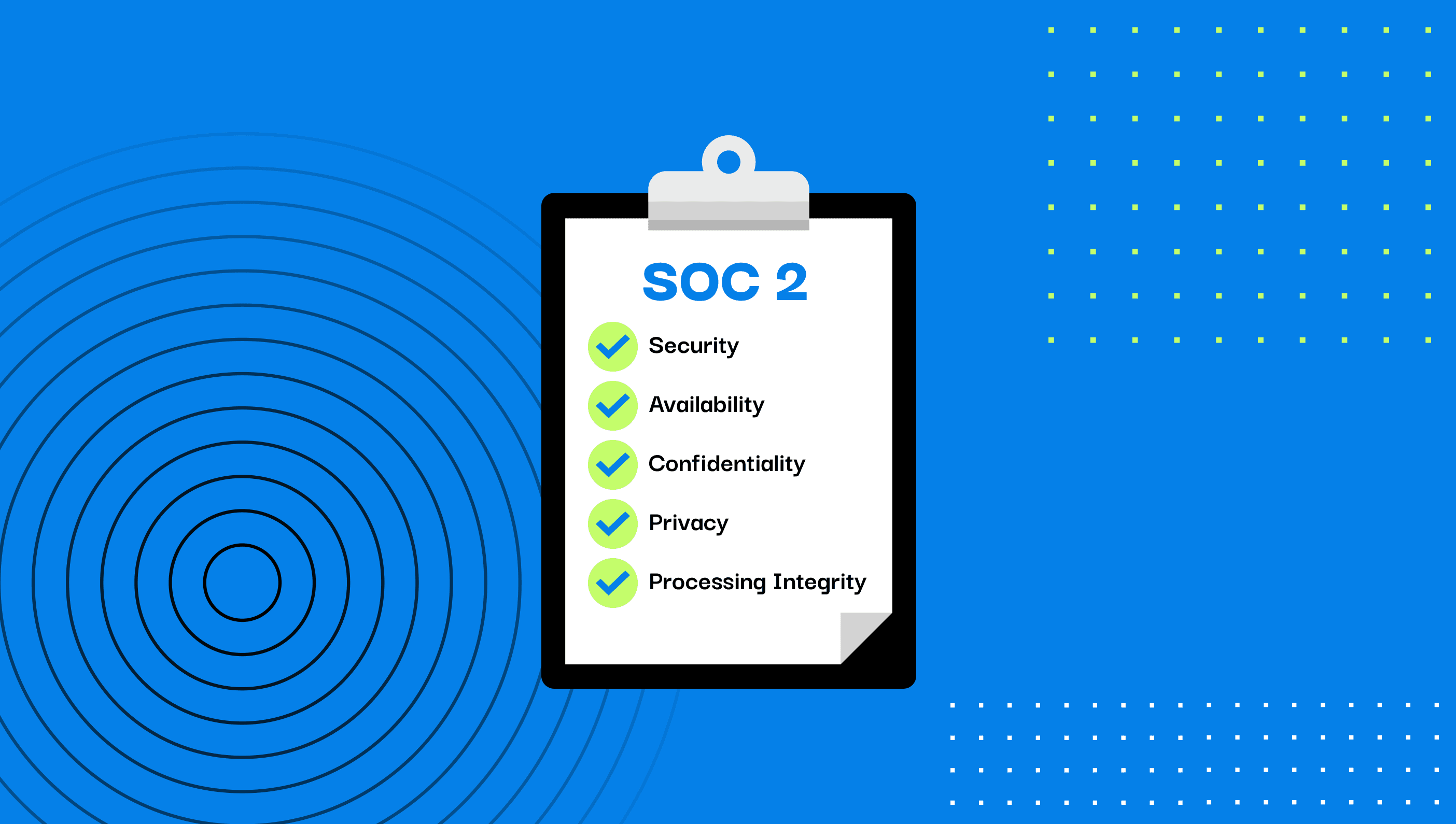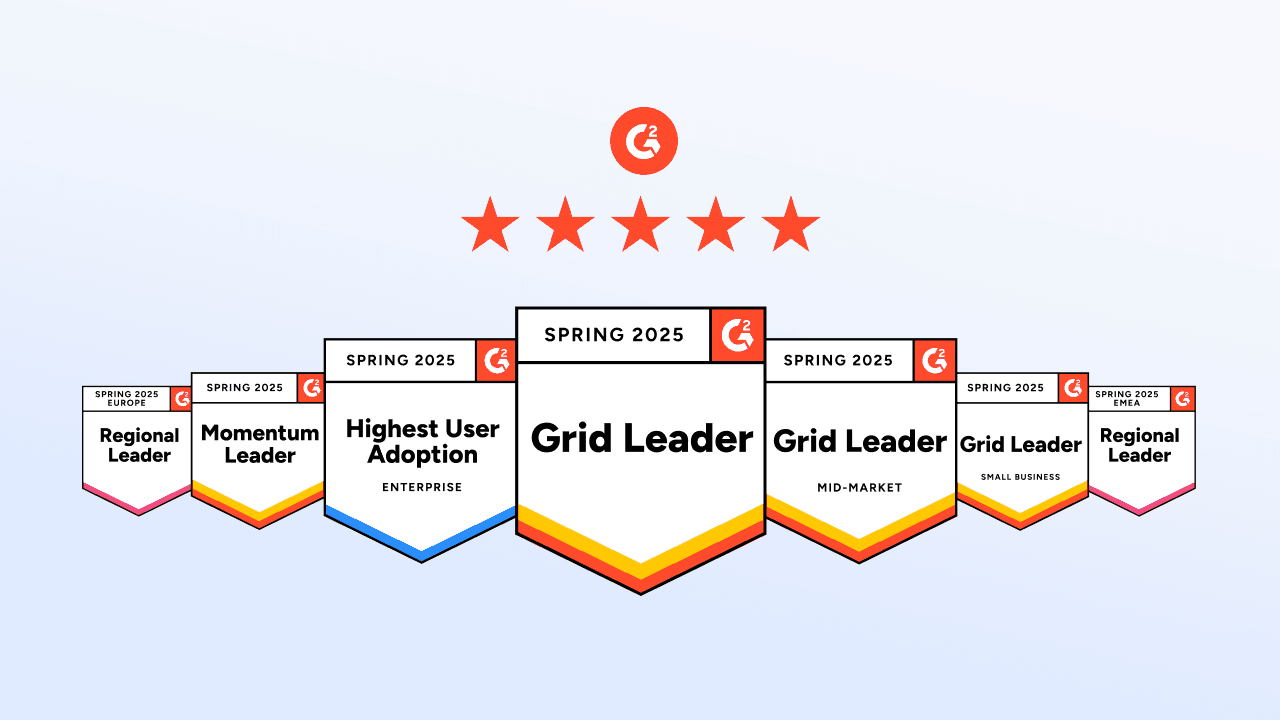Configurability: Tailoring GRC to Your Business Objectives
As your business grows into new verticals or adopts new enabling technologies, your compliance requirements expand with these initiatives. When you tailor your GRC program to your business objectives, you can scale both at the same pace to drive revenue growth.
Achieving your business objectives often means collecting, transmitting, and storing more data across your increasingly distributed IT environment. Your marketing and sales team collect information from prospective customers while your customer success team and accounts payable may have customer financial data. Applications, networks, and devices drive operational success by automating repetitive, manual tasks.
Cybersecurity and data privacy regulations and compliance frameworks act as the minimum baseline for controls that help protect sensitive information. As your business grows into new verticals or adopts new enabling technologies, your compliance requirements expand with these initiatives. When you tailor your GRC program to your business objectives, you can scale both at the same pace to drive revenue growth.
Why is Aligning Compliance to Business Objectives Important?
When you engage in a risk assessment, you align your compliance programs to business objectives. This process is more than a business best practice or compliance requirement. It helps you focus your strategy and leverage compliance as a revenue enabler.
When compliance efforts map to broader business goals, you gain benefits like:
Improved customer trust: Customers need assurance over your security and data privacy posture as part of their third-party risk management programs.
Business growth: Some industries require all contracts to contain specific compliance assurance, like the Defense Industrial Base (DIB) requiring Cybersecurity Maturity Model Certification (CMMC) audits.
Risk management: No two businesses are the same, so you should have a GRC program that responds to your organization’s specific risks and the sensitive data you manage.
How Do you Ensure your Work Aligns with Broader Business Goals?
Aligning your compliance program to broader business objectives requires making strategic decisions that bridge compliance, security, and daily operations.
Build a Compliance Team
Creating an effective compliance team involves engaging key stakeholders from various departments to ensure that your compliance and business goals map to each other. For example, if you need to comply with the General Data Protection Regulation (GDPR) or the California Consumer Privacy Act (CCPA), you should have people from marketing and sales. Involving different stakeholders enables you to:
Foster collaboration and efficiency.
Identify overlaps between compliance, security, and business goals.
Reduce redundancies.
Reduce compliance costs.
Improve decision making.
Understand the Growth Plan
Your business’s growth plan impacts your compliance program. For example, if you want to appeal to highly regulated industries, like financial services or healthcare, then you may have new audit requirements. To ensure regulatory compliance and business success, you should know your organization’s future market growth opportunities and how proactive compliance monitoring can help achieve them.
Consider Customer Needs
All customers care about how you handle their data. In the business-to-business (B2B) world, your customers need you to answer security questionnaires as part of meeting their third-party vendor risk management requirements. In business-to-consumer (B2C), you need to provide assurance on your website that your data collection and data sharing is legal while giving people a way to opt out. Compliance monitoring helps you maintain all the proof necessary to meet legal requirements and improve customer trust.
How Aligning Compliance with Business Goals can Drive Revenue
A well-aligned compliance strategy fuels growth in several ways, including:
Customer loyalty and trust: Strong security practices increase confidence, leading to higher retention and acquisition. 98% of companies view GRC maturity as a business driver.
Operational efficiency: Growth increases compliance demands, so maintaining alignment streamlines additional security control and documentation requirements.
Competitive advantage: Keeping pace with the constantly evolving regulatory landscape allows your business to innovate while still providing customers with the assurance they need.
What are Some Challenges When Trying to Tailor GRC to Business Objectives?
Customizing your compliance program comes with several challenges that make achieving your overall objectives difficult.
Manual processes
Manual GRC processes are time-consuming and error prone, leading to potential compliance violations. Relying heavily on manual tracking and reporting creates its own risks, like incomplete data or delayed responses to regulatory changes.
Expensive
Compliance efforts can be costly, especially when budgets are already constrained. Without aligning compliance with business goals, you can create funding gaps that create compliance violation risks.
Maintaining Compliance Posture
While implementing a compliance program is difficult, maintaining that posture is even more challenging. In fast-moving, highly connected IT ecosystems, you can experience configuration drift, shifts from your agreed-upon baselines, that can impact controls and lead to non-compliance. .
5 Benefits of a Configurable GRC Platform
A configurable GRC automation platform can help you achieve alignment by offering flexibility and customization.
1. Faster Sales Cycles
A configurable GRC platform can significantly speed up the sales cycle. Customers often require compliance documentation for their third-party vendor risk management programs. The types of compliance documentation they may need could range from privacy policies to cybersecurity certifications. By having a system that swiftly provides these documents, you can meet customer needs efficiently, fostering trust and enhancing customer satisfaction.
2. Improve Collaboration
Security and privacy compliance affects various internal stakeholders, including sales, senior leadership, security teams, and compliance teams. A GRC platform allows these diverse groups easy access to relevant compliance information, ensuring each team can focus on what matters most to their job functions. With the access they need to the information that matters most, you foster better collaboration and alignment with strategic objectives.
3. Gain Real-Time Insights
In a dynamic business environment, risks and controls are unique to each organization. A configurable GRC platform offers real-time insights, so you can quickly identify and remediate compliance issues. This capability reduces the likelihood of fines and penalties, supports regulatory compliance, and enhances efforts with business goals.
4. Integrate with Existing Systems
Every organization's IT and cybersecurity technology stack is unique. A configurable GRC platform that integrates with existing systems provides the necessary documentation for audits without disrupting business operations. These seamless integrations support strategic planning around business and security technologies as you add new tools that enable your workforce and business initiatives.
5. Scale as the Organization Grows
As your organization grows, your compliance needs evolve. A configurable GRC platform scales from startup to enterprise-level, so you can map controls to new regulatory requirements as your business expands into new verticals. This scalability supports business growth and ensures that compliance efforts remain aligned with strategic goals to support organizational success.
How Drata Helps you Tailor your GRC Program to Business Objectives
Drata’s GRC platform makes customization easy so you can implement a compliance program tailored to your business operations and risk. Our platform provides:
Custom risk scoring so you can define and configure your risk scores and thresholds to your business needs.
Risk drawer that allows you to edit and add risk data, including descriptions, categories, owners, documents, and impact.
Automated treatment plans based on your unique risks’ impact and likelihood.
Custom frameworks so you can easily and quickly bring in requirements related to your unique business needs.





